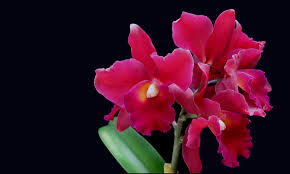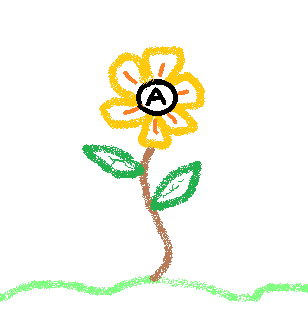Learning As I Go
After being so very excited that I got the fruit tree cuttings to bud, they died.
Apparently, I removed the plastic bottle mini greenhouse too soon and the buds and leaves dried out. I pulled out the cuttings and there were no roots present.
It seems the cutting will absorb enough moisture to bud without roots.
Lesson learned.
Now, I have to procure more cuttings. To that end, I set out on an expedition with a friend and her daughter (and their dog Joshua) looking for Persimmon trees. We found none. After running into some Mulberry trees however, one of which gave very sweet berries, we found:
Two cherry trees
One pear tree
One bush that gave a fruit we couldn't identify
And....
A white Mulberry tree!
I was told a long time ago that white mulberry trees are very rare. I in fact, had seen only one in my life until this weekend. I have seen many mulberry trees. As a child, I spent countless hours climbing them and eating the delicious berries. To my surprise, I learned that the name White Mulberry is given to the Mulberry tree native to China and Red Mulberry tree is the name of the tree native to the American continent. The names derive from the color of the flower not the color of the fruit.
YET... I saw a tree growing in a farm in Valley Center, Kansas that gave mulberries that matured to a very, very light pink color, almost white. The berries that had not matured were white, as they tend to be everywhere but the mature berries were not red nor dark purple.
I think I found another such tree this weekend. More accurately, my friend's daughter found it. I almost walked past it without noticing it. I suppose the mystery will be solved when I can reproduce one of these trees and show you pictures.
Thank you for stopping by!
Apparently, I removed the plastic bottle mini greenhouse too soon and the buds and leaves dried out. I pulled out the cuttings and there were no roots present.
It seems the cutting will absorb enough moisture to bud without roots.
Lesson learned.
Now, I have to procure more cuttings. To that end, I set out on an expedition with a friend and her daughter (and their dog Joshua) looking for Persimmon trees. We found none. After running into some Mulberry trees however, one of which gave very sweet berries, we found:
Two cherry trees
One pear tree
One bush that gave a fruit we couldn't identify
And....
A white Mulberry tree!
I was told a long time ago that white mulberry trees are very rare. I in fact, had seen only one in my life until this weekend. I have seen many mulberry trees. As a child, I spent countless hours climbing them and eating the delicious berries. To my surprise, I learned that the name White Mulberry is given to the Mulberry tree native to China and Red Mulberry tree is the name of the tree native to the American continent. The names derive from the color of the flower not the color of the fruit.
YET... I saw a tree growing in a farm in Valley Center, Kansas that gave mulberries that matured to a very, very light pink color, almost white. The berries that had not matured were white, as they tend to be everywhere but the mature berries were not red nor dark purple.
I think I found another such tree this weekend. More accurately, my friend's daughter found it. I almost walked past it without noticing it. I suppose the mystery will be solved when I can reproduce one of these trees and show you pictures.
Thank you for stopping by!




Comments
Post a Comment